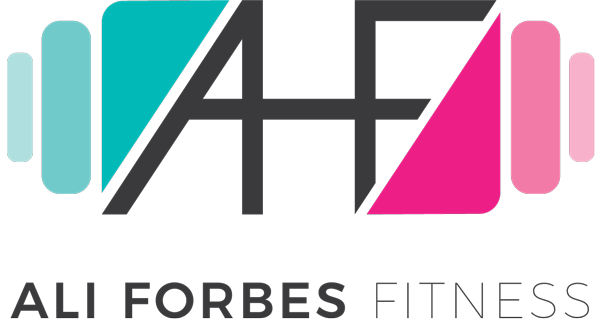Do you have a love/hate relationship with plyometrics? Plyometrics, also known as jump or reactive training, pumps up your heart rate with explosive movements such as single leg sprint jumps (as shown above), jump squats, box jumps, tuck jumps, and jump lunges – just to name a few. If you’ve ever attempted a workout consisting of these lower body burners, you’re exhausted just thinking about it. But all that jumping around has major health benefits that extend further than just a cardiovascular boost. Research has found that plyometrics also enhances athletic performance when it comes to jumping and sprinting (with power and speed), and helps build those lower body gains! By adding in explosive jumps, you’ll increase muscle power and endurance, burn calories, and work on your reaction time and balancing abilities. Plyometrics workouts are high-calorie-burning due to the intensity of the exercises performed, and they increase strength without creating “bulk”. If you have sufficient core strength, good joint stability, a decent range of motion and no functional limitations, then you are likely ready to use a progressive and systematic approach to incorporate a plyometric component into your training regimen. I follow the progression of the NASM OPT Model to determine what level of training each client is currently at. The NASM OPT model’s systematic progression for plyometric training consists of stabilization, strength, and power levels. There are three components to plyometric exercises: an eccentric phase, an amortization phase, and a concentric phase. During the eccentric phase, the muscle is stretched and potential energy is stored. During the amortization phase (sometimes called the transition phase), dynamic stabilization occurs as the muscle overpowers the acceleration of gravity and loads the energy to move into the concentric contraction – the shorter this phase is, the more powerful the concentric movement is. The final concentric phase is where the stored elastic energy is released and unloaded.

There’s never been a better time to add plyometrics to your workouts, especially if you’re steering clear of the gym right now. All you need is your body weight, some space, and a box or bench that you can safely land on!
Squat jumps
1. Position your feet shoulder width apart. Keeping your back straight and chest up, inhale as you squat down until your upper thighs are parallel, or lower, to the floor.
2. Exhale pushing through the heels, and jump straight up in the air as high as possible.
3. When you touch the floor again, immediately squat down and jump again.
Tuck jumps (progression of the bodyweight squat jump)
1. Begin in a standing position with your knees slightly bent. Hold your hands in front of you.
2. Lower down into a quarter squat, push through the heels and immediately explode upward. Drive the knees up towards the chest, attempting to touch them to the palms of the hands.
3. Jump as high as you can, raising your knees up, and then land with low impact by allowing the knees to re-bend.
Box jumps
1. Begin with a box of an appropriate height in front of you. Stand with your feet should width apart.
2. Perform a short squat in preparation for jumping, swinging your arms behind you.
3. Jump out of this position, extending through the hips, knees, and ankles to jump as high as possible swinging your arms forward and up.
4. Land on the box with the knees slightly bent, absorbing the impact through the legs.
5. Jump down from the box back to the ground, or step down one leg at a time.
Jump lunges
1. Assume a lunge stance position with one foot forward with the knee bent, and the rear knee bent and nearly touching the ground. Make sure your front knee does not go past your toes.
2. Pushing through both legs, jump as high as possible.
3. As you jump, quickly switch your legs in the air, and land back in the starting position now with the opposite foot forward.
Single leg sprint jump (as I’m doing in the picture above)
1. Take a long stride forward with your right leg and raise your left heel, so that your left foot is on it’s toes, and lunge down.
2. Bring your left arm up in front of you and your right arm behind you as if you were sprinting. Make sure your right knee does not go past your toes.
3. Explosively push up through your right leg and bring your left leg up in front of you as you jump. At the same time, swap your arm positions (cheek to cheek). At your highest point, your left hip and knee should be flexed at 90° and your right leg should be straight. Return back to the ground on your right leg.
🔥ADVANCED MOVE TO TRY🔥
Burpee Tuck Jump (click to see video)
- Start by standing with your feet hip-width apart, bracing your core.
- Place your hands on the floor and jump your feet back, landing in a high plank position.
- From there, jump your legs back towards your hands to land in a squat position and explode up into a jump, pulling your knees towards your chest in the air.
- When you land, make sure you keep your knees soft.
If you think you are ready to spice up those workouts, give these ⚡plyo⚡ exercises a go – they’re most definitely worth it! 💪


Awesome, Ali!!!